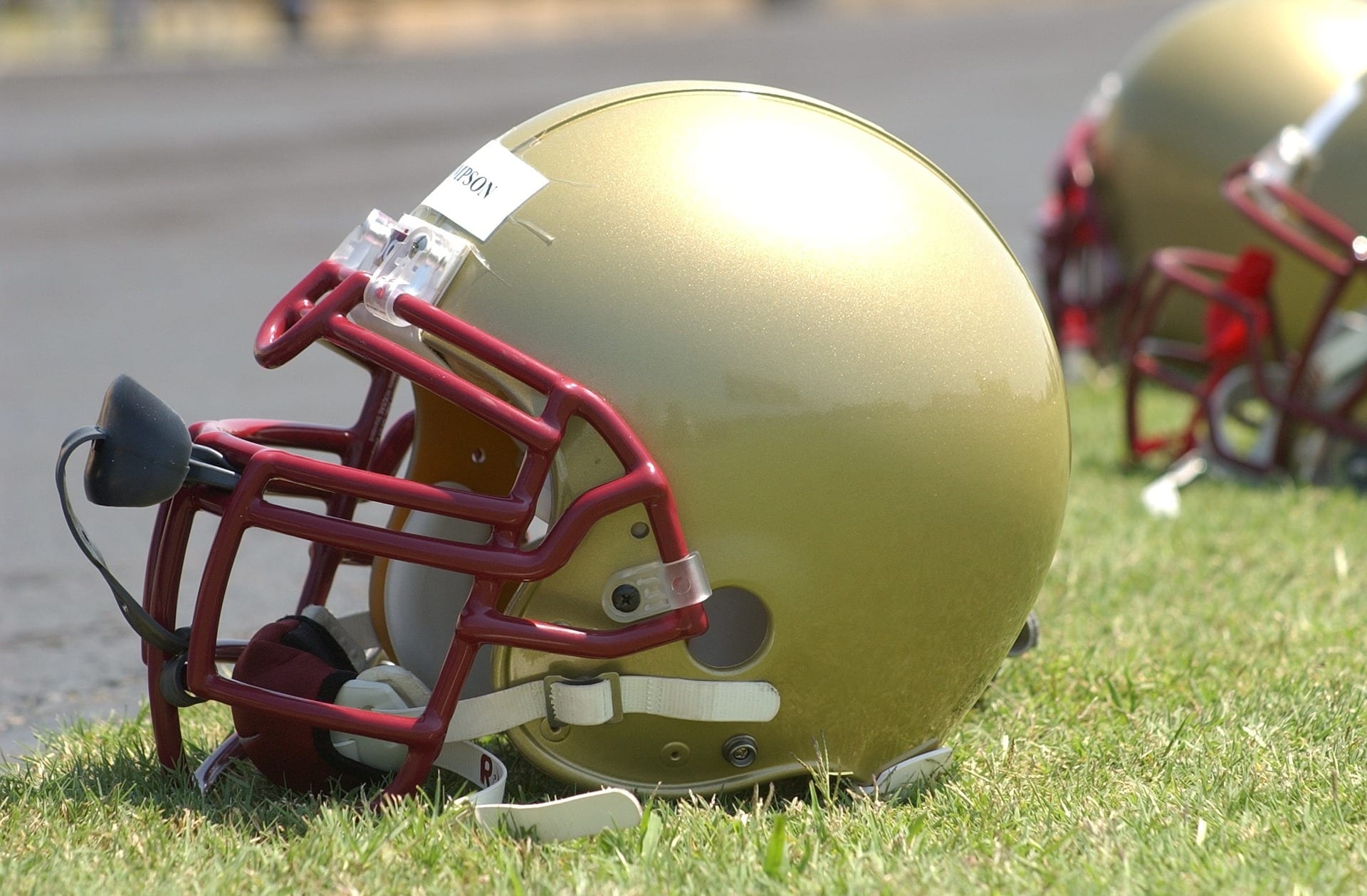The NFL has taken greater measures to insure player safety. The 2018 season features the debut of the new helmet rule. According to the National Football League’s 2018 rulebook, yellow flags will be thrown if a player lowers his head to initiate and makes contact with another player’s head, neck, torso, hips and lower body. The result is a 15 yard penalty that has the power to change the momentum of the game. A player can also be ejected for committing the penalty. The new rule has players and commentators shaking their heads. There is a lack of consistency involved in the penalties that have been called. Anytime a player lowers his head, he is flagged, even if he was leading with his shoulder. If the league wants to make the game of football better, they need clear, realistic safety rules.
The goal of the new rule is to eliminate any chances of repeating last season’s tragic incident that left Pittsburgh Steeler Linebacker, Ryan Shazier, with a severe spinal injury after he lowered his head to make a tackle. The 26 year old athlete is currently working through rehab and, as of August, is finally able to walk unassisted. He is working towards the goal of playing professional football again. The incident was a wake-up call for the league offices. The NFL’s number one priority should be its players and that includes their safety. The league’s concern is not misguided. According to ESPN, helmet-to-helmet contact was the source of 46 percent of all concussions discovered during the 2017 season. New safety rules will eliminate the severe side effects from playing the beloved game, but those new rules cannot continue to be broad.
When a wrongly called penalty forces the ejection of a star player, a team’s hopes for a win will be dashed. Every win counts in the race for the playoffs. When the yellow flags are flying, there should be no question in that referee’s mind that the tackle endangered a player’s safety and violated the league’s rule. Teams should not suffer because of the league’s vagueness or a referee’s misinterpretation. The players are doing everything they can to avoid the personal foul, but in some cases, helmet contact is unavoidable due to poor timing and high speed.
For instance in the Arizona Cardinals week one preseason game against the Chargers, Cardinals’ safeties AJ Howard and Travell Dixon were both penalized for lowering their head while tackling. The officials claimed that in Howard’s low tackle he made contact using his helmet. The personal foul was a result of a misjudged tackle by Howard. The tackle resulted in a fumble recovered by the Cardinals and would have given the team excellent scoring position, but the fumble was overturned by the officials because of the penalty. In Dixon’s case, the safety did not make a linear motion when he tackled his opponent and used his shoulder to tackle, not his head. Whether these plays were actually penalties is in the eye of the beholder. The vague helmet rule needs to be revised with the players in mind. This can only be accomplished by involving players in the creative process of the rules.
Leading with the head is a natural part of tackling. Players are confused as to how they should adapt such an integral component of their game. The league officials need the help of advisers that actually know the game of football. Clear, consistent rules based on player approval need to be issued by the league before America’s pastime loses its fire. The league will eventually realize that their biggest allies in player safety are the players themselves.


